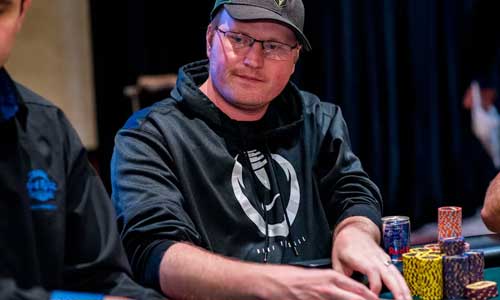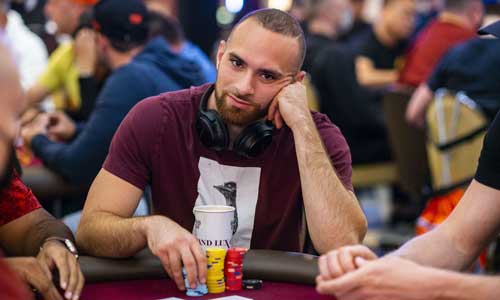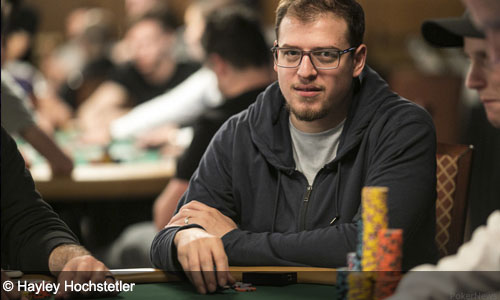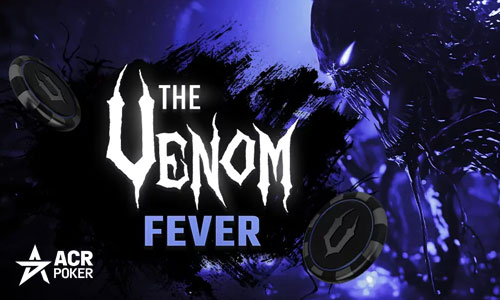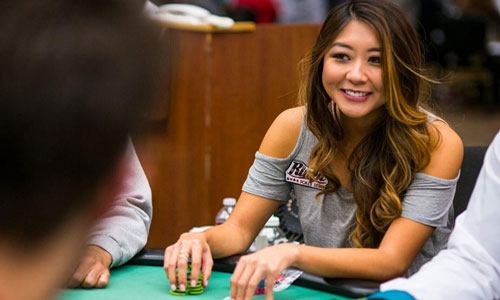What is PLO Poker? A Pot Limit Omaha Game Guide
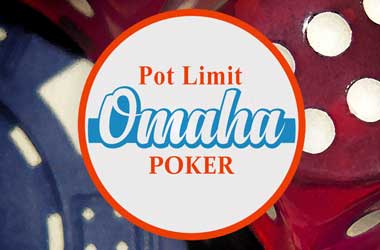
Poker is available in numerous variants, with various rules regarding its gameplay and end goal.
Besides Texas Hold’em, the most popular version of poker is Pot Limit Omaha (PLO). This variant is action-packed and fast-paced. It has similar rules to Hold’em, but it’s played with more cards, so it allows for a lot more shots at winning big.
If you’ve never played PLO but like the sound of it, stay with us. This article will cover the basics of the game, its rules, and the strategies you can use when playing.
What is Pot Limit Omaha?
As we mentioned, Omaha is a poker variant very similar to Texas Hold’em when it comes to its rules. However, unlike Hold’em, which tends to have a No Limit betting structure, the most popular structure in Omaha is Pot Limit. This is where the abbreviation PLO comes from.
The Pot Limit betting structure is based on one main rule. It limits the maximum bet amount you can place to the sum of the total pot, your call bet, and the bets that preceded yours. In addition, it prohibits players from going All-in.
The main problem new players have with the Pot Limit structure is calculating the worth of the pot. You should keep a record of all the bets made in individual rounds to avoid being confused if you don’t have a dealer to inform you of the current pot worth. (1)
Community Card Poker
Omaha is a community card game, just like Texas Hold’em. Community card poker games use community or shared cards — cards placed face-up in the center of the poker table. All players at the table can combine these cards with the cards in their hands and create a complete 5-card combination.
Pot Limit Omaha Rules
Omaha involves a standard 52-card deck, 2 to 5 players, and a dealer.
The game begins when the two players in the opening positions (to the dealer’s left) make bets. These two bets are called the “Small” and the “Big Blind“ after their players’ positions at the table. The bet amounts are determined by the betting limits in the game. The Small Blind tends to be worth half the amount of the Big Blind.
After these two bets, the croupier deals four hole cards to each player at the table. The betting round starts from the player in the Small Blind position and continues clockwise. Each player has to decide on their move — they call, raise, or fold, depending on their hand’s strength.
Pot Limit Omaha Strategies
While there’s no perfect technique that would guarantee a win, it’s helpful to have some tricks up your sleeve. Now that you have all the basic rules down, we can discuss a few PLO strategies:
Hand Strength
Although Omaha uses the same hand ranking systems as Hold’em, hands strength differs between the two depending on the phase of the game. It’s not unusual to win the pot before the flop in Hold’em, even if you only have a pair. However, this rarely happens in PLO. Pot Limit Omaha requires you to have a stronger hand as the game progresses. The ideal hand would contain four cards that both work well with the community cards and in connection to the other hole cards in your hand.
Trapping and hand protection
You don’t want to trap or slow play in PLO for the same reasons we’ve discussed above. It’s much easier to get outdrawn in Pot Limit Omaha since more cards are in play. Instead, try playing fast whenever you’re sure that you have a nut hand.
Blocker cards
Blocker cards make certain card combinations less likely. For instance, if you have a blocker in your hand, you’ll know your opponent can’t have certain combinations of cards that they might need to win. The same goes for the other way around. So, knowing blockers can help you recognize when your opponent is bluffing or allow you to bluff them off their hand.
Additional Tips for Playing PLO
It would help if you gave yourself enough time to get used to the rules and dynamics of the PLO. It might sound corny, but practice does make perfect. So, try playing the game for free before moving on to real money gambling. Once you feel you’re ready, the following pieces of advice might help you get the most enjoyment from your first PLO steps:
Pick a poker room/casino
Start small
Don’t be passive
Think about player positions
Be patient
Study and learn
Hi, I am the Chief Editor of top10pokersites.net, this site is dedicated to all thing poker. I have been working around the poker industry for the last 15 years, with different brands. The main purpose of this site is to keep you uptodate with the industry and offer you the best deals around.

